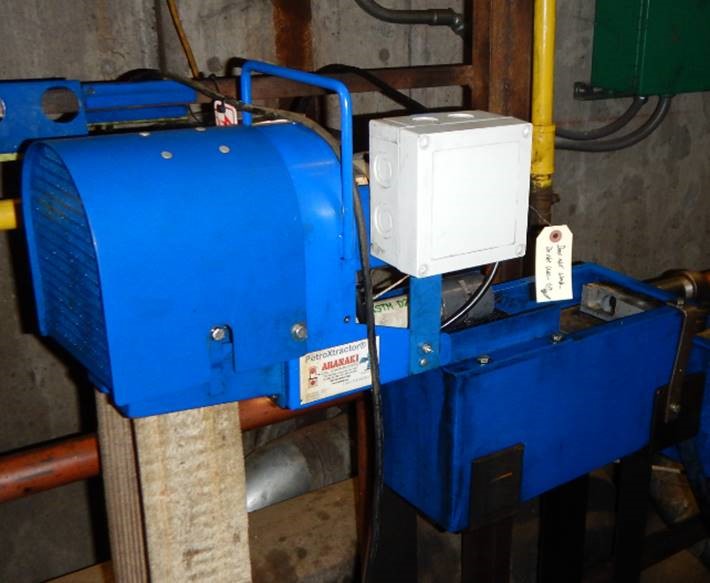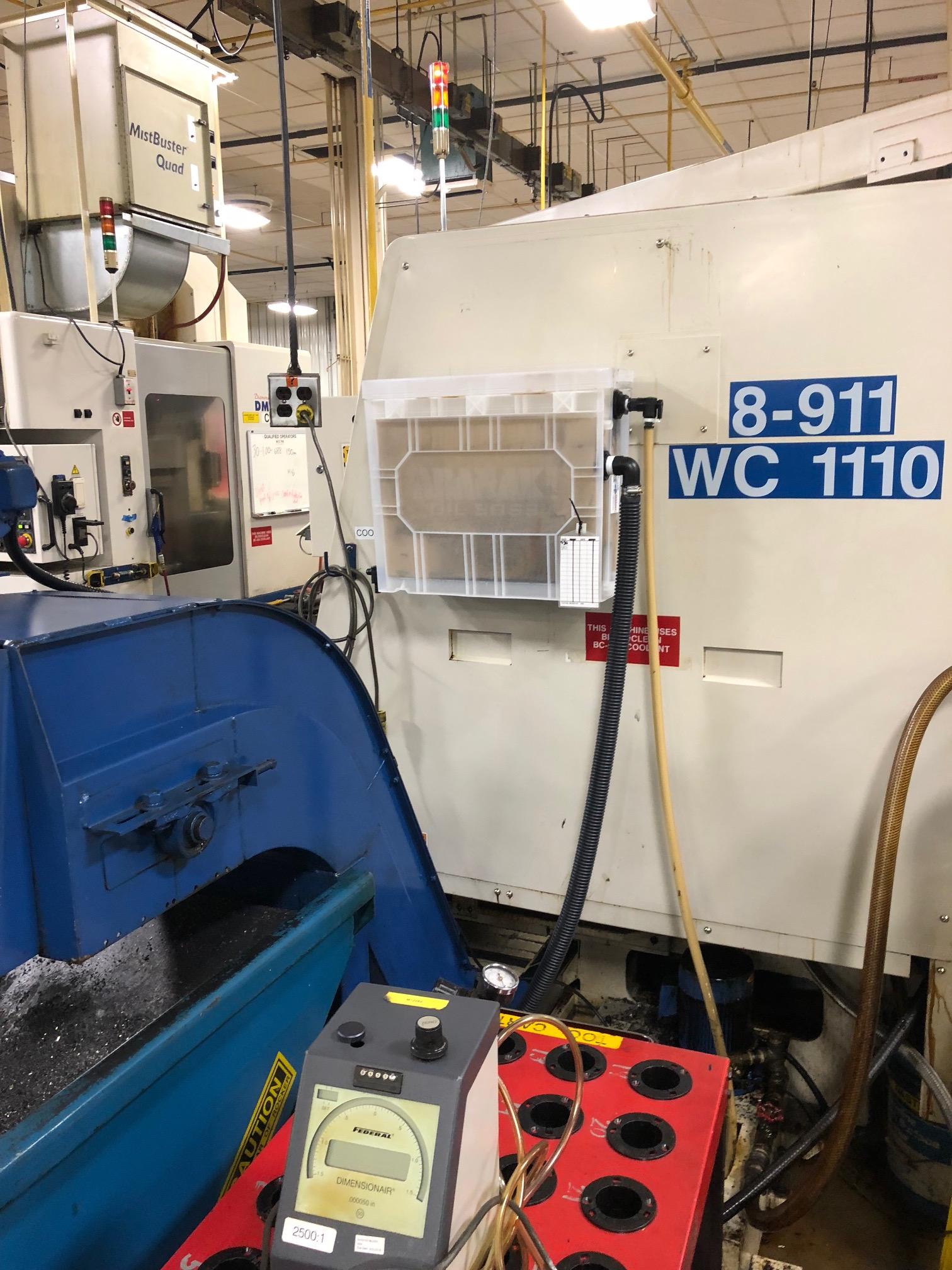The Oil Concentrator operates without any reliance on electrical components or moving parts, simplifying its design and maintenance. Its functioning is straightforward: it directly receives liquid from the skimmer. The fundamental principle at play is gravity separation. To facilitate effective separation, the Concentrator tank is sized in a manner that allows sufficient duration for the oil and water to naturally segregate.
When it comes to discharging the liquids, the process is neatly organized. Water is released via a tube positioned with an open end close to the lower section of the Concentrator, whereas oil is directed through a separate drain outlet located near the upper part. As fresh liquid enters the Concentrator, the already separated water and oil are compelled to exit through their designated discharge tubes and ports. Enhancing this process, a sludge screen contributes additional dwell time, furthering the separation process. Importantly, this screen also acts as a safeguard, preventing any debris from compromising the quality of either the separated water or oil streams.
The Abanaki Oil Concentrator
The Abanaki Oil Concentrator plays a dual role, acting as a highly efficient oil-water separator capable of managing the recycling or responsible disposal of either liquid. In most operational scenarios, Abanaki skimmers excel at retrieving oil while leaving behind minimal traces of water. Nonetheless, as surface oil diminishes to a fine layer, measuring just 1/16 of an inch or even thinner, an increased amount of water or coolant might inadvertently get collected alongside the oil.
To tackle this situation, the Oil Concentrator collaborates seamlessly with an oil skimmer, offering a conclusive phase of separation. The outcome is twofold: it provides water or coolant that can be channeled back into the recycling process, and it yields oil that is nearly devoid of water, rendering it suitable for efficient disposal.Installed at the discharge end of the oil skimmer, this oil water separator comes complete with mounting bracket, removable sludge screen and drain plug for easy cleaning. An optional thermostatically controlled heater is available for use with thick oils, or when the application is in freezing temperatures. (A heater should not be used in environments where explosive fumes might be present.)
Abanaki highly recommends pairing the Oil Concentrator with all belt oil skimmers for optimal outcomes. This combination greatly boosts skimming efficiency and also brings down the costs linked with oil disposal. This partnership doesn't just improve equipment performance – it saves money too. The Oil Concentrator refines the oil-water mix, making the separated oil purer and easier to dispose of. This reduces the expenses associated with disposal and supports eco-friendly practices. In essence, Abanaki's suggestion to use the Oil Concentrator with belt oil skimmers is a smart way to work smarter, cut costs, and be environmentally responsible.
How to Successfully Implement Oil Skimmers
To learn more about oil skimmers, please contact our experts at 440-543-7400 or visit our website: www.abanaki.com
You are just one step away from downloading Abanaki's most detailed resource on our oil skimming equipment. Simply click at the button to get your ultimate guide now.





